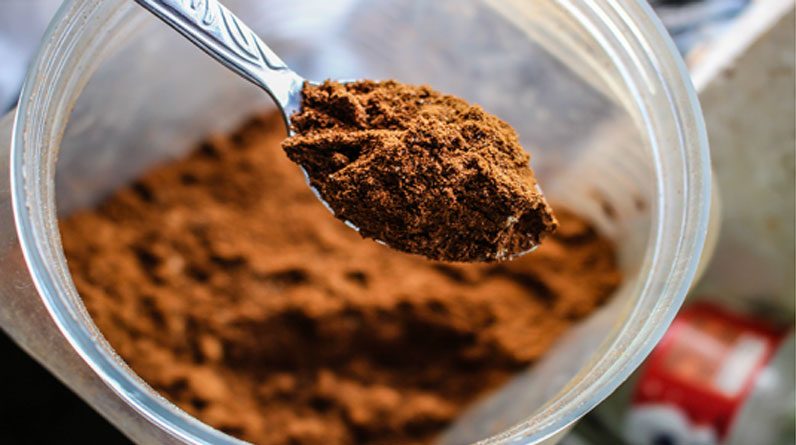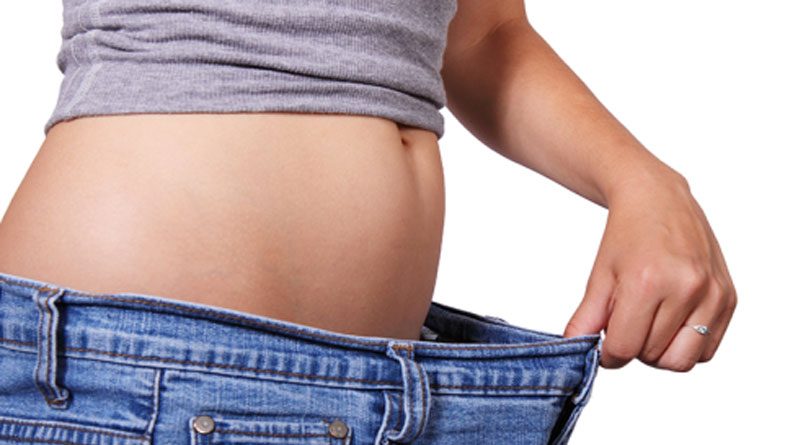
The goal of the ketogenic diet is to put your body in a state of ketosis. What that really means is that your body is burning fat for fuel. Most people struggle to shed the excess pounds because their bodies are using glucose as fuel, instead of fat.
So, the fat never comes off and they wonder why it’s so stubborn.
Ketosis needs to be monitored so that you know if you’re on track. You can do this using urine strips or a breathalyzer. Do note that you should consult your doctor first before embarking on this diet.
If you want to turn your body into a fat-burning machine, you’ll need to get it used to
About 70 – 75% of your daily calories should be comprised of fat. About 20 – 25% should be protein, and your carb intake should be around 20 to 50 grams. You should NOT exceed 50 grams of carbs.
It may seem strange that you need to eat fat to lose fat. Yet, that’s exactly what you need to do. When the body gets more than enough fats from the diet, it realizes that it doesn’t need to cling on to its fat stores.
So, it burns off the excess fat much more readily. This is the biggest benefit of the ketogenic diet. With many other calorie-restriction diets, the moment you reduce your calories, the body stubbornly retains its fat stores for future use.
With the keto diet, this problem is overcome, and you keep burning your fat without facing opposition from the body.
- Intermittent
fasting
This highly effective protocol works wonders when combined with a keto diet. You’ll achieve ketosis in a much shorter time and your fat burning progress will be accelerated.
You’ll be burning fat round the clock. Since the keto diet has trained your body to burn fat, when you’re in a fasted state for most of the day, your body will have no choice but to burn whatever fat it can get its hands on. - Exercise regularly
Initially, when you’re adapting to the keto diet, you may do slow cardio or light exercise. Brisk walking is good for getting your metabolism up and also not being too taxing on your body.
If you do a morning walk for 30 minutes daily (on an empty stomach), your body will deplete whatever glycogen is left in it. Any carbs you consume will be burned off and your body will be primed for fat burning. - Be patient
It could be anywhere from 4 days to a week before your body reaches ketosis. Most people want immediate results and your body does not work that way. Follow the principles of the keto diet closely.
Knowing what foods to eat and what not to eat is of paramount importance. You’ll also need to get the macronutrients in the correct amounts. Your diet must be comprised of at least 70% fat.
If you get the fundamentals right and combine it with intermittent fasting, you’ll reach ketosis and your fat will melt off in a couple of weeks.
This is one of the best weight loss protocols. Follow it well, use the tips here and give it time to work. You will be amazed at the results.







